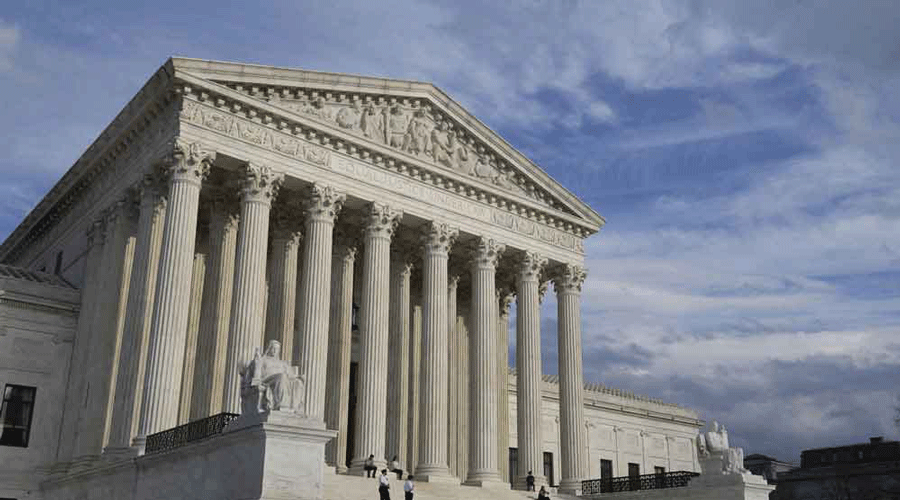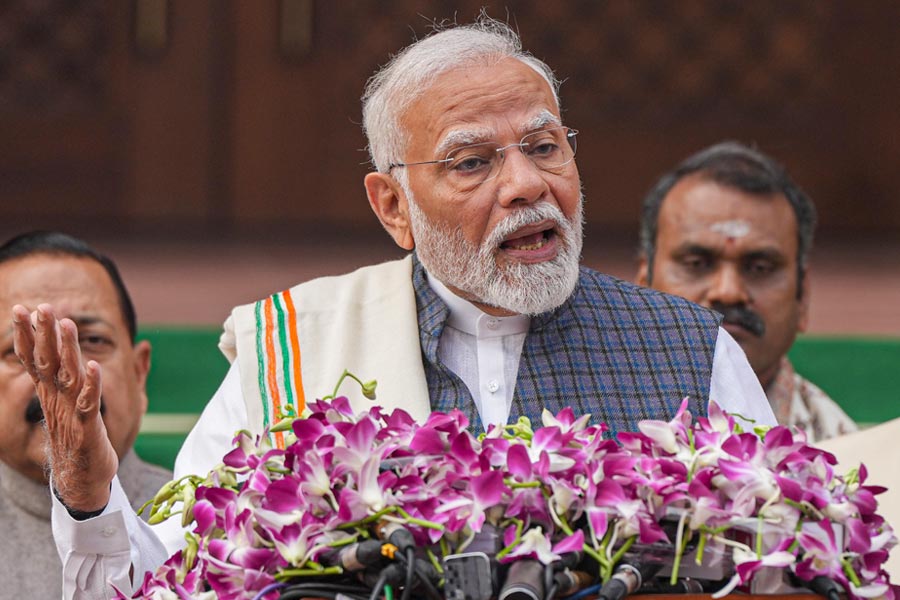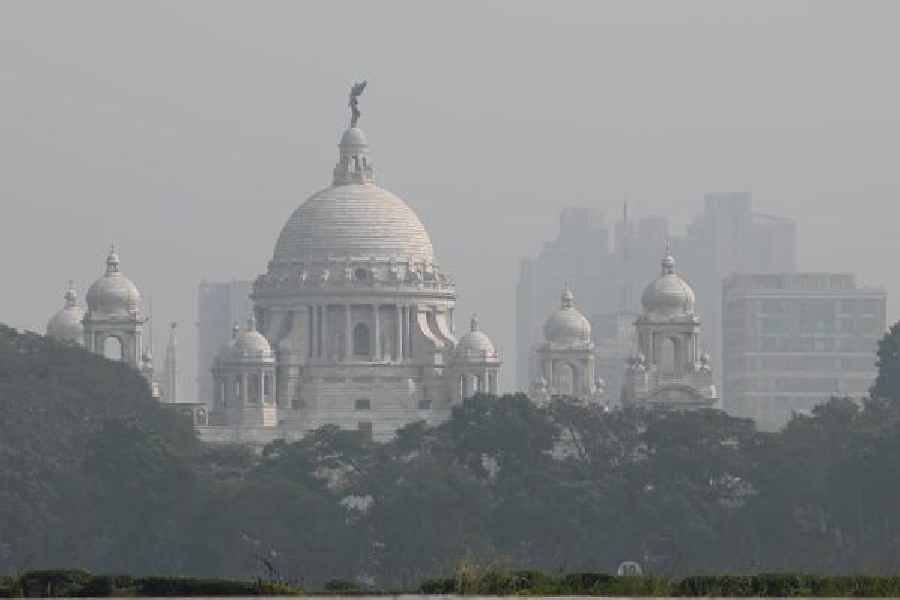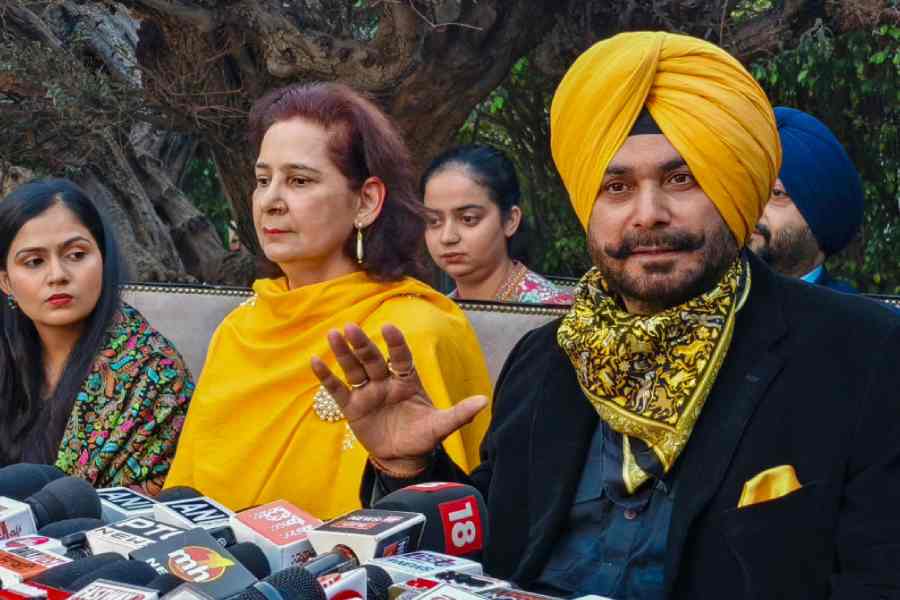The Supreme Court’s decision on Friday to end the constitutional right to abortion concluded one battle for now but immediately posed another far-reaching question: whether the judicial ground under rights in other personal matters, including contraception and same-sex marriage, is now also shaky. The lack of a clear and consistent answer among the super-majority of conservative, Republican-appointed justices who control the Supreme Court prompted fear on the Left, and anticipation among some on the other sid of the ideological divide, that the abortion decision could be just the beginning of a sharp Rightward shift on issues that directly touch intimate personal choices.
The majority opinion byJustice Samuel A. Alito Jr sought to be more reassuring to those who see a judicial assault coming on same-sex marriage and contraception. He declared that a ruling that the 14th Amendment — which forbids the government to take away people’s freedom unfairly — does not protect abortion rights should not be seen as imperilling precedents unrelated to ending foetal life. Yet his legal rationale implicitly called a series of such precedents into doubt.
The three dissenting liberals on the court said, in essence, don’t be fooled. “No one,” they said, “should be confident that this majority is done with its work.”
They wrote that precedents being cast aside by the court — Roe v. Wade and Planned Par enthood v. Casey, a 1992 case that reaffirmed core parts of Roe — were part of the same “constitutional fabric” behind “settled freedoms involving bodily integrity, familial rela tionships and procreation”.
Then there was Justice Brett M. Kavanaugh, who sought to calm fears among supporters of abortion rights of even harsher and more wrenching changes to come.
In his view, he said, states could not constitutionally bar women from travelling to another state to obtain an abortion.
Nor could they prosecute people for abortions before Friday’s ruling took effect. Friday’s opinion had the immediate effect of allowing laws banning or severely curbing access to abortion to snap into place in at least 20 states.
But its implications for potential future disputes over abortion and for many other rights proclaimed by the Supreme Court since the second half of the 20th century could also be profound.
Over several generations, the modern court gradually ruled that a series of unwritten constitutional rights existed as part of the 14th Amendment.
The heart of Justice Ali to’s majority opinion is that the 14th Amendment protects only unwritten rights that were already understood to exist in 1868 when it was adopt ed. Many states then banned abortion, so it was wrong for the Supreme Court, in 1973’s Roe v. Wade, to interpret the 14th Amendment as encom passing a right to abortion, he reasoned.
The majority bloc in the abortion case — Justices Alito, Thomas, Kavanaugh, Neil M. Gorsuch and Amy Coney Barrett — modestly portrayed itself as getting the Supreme
Court out of the business of drawing lines about which regulations go too far on the contentious subject. Under Justice Alito’s opinion, so long as a state legislature has a “ra tional basis” for imposing a limit or ban on the procedure, the courts will not intervene.
But in a blistering but impotent joint dissent, the court’s three remaining Democratic appointees — Justices Stephen G. Breyer, Sonia So to mayor and Elena Kagan — said the ruling would instead force the Supreme Court to wade further into hotly contested moral and philosophical issues, listing a dozen examples of new questions.
Those included whether and when a state must allow exceptions for a woman’s life and health, what the ruling would mean for in vitro fer tilisation and miscarriage management, whether a state could bar advertising for out-of-state abortions or helping women get to out-of-state clin ics, and whether it could bar women from travelling out of state or receiving abortion medication mailed by out-of- state pharmacies.
New York Times News Service










